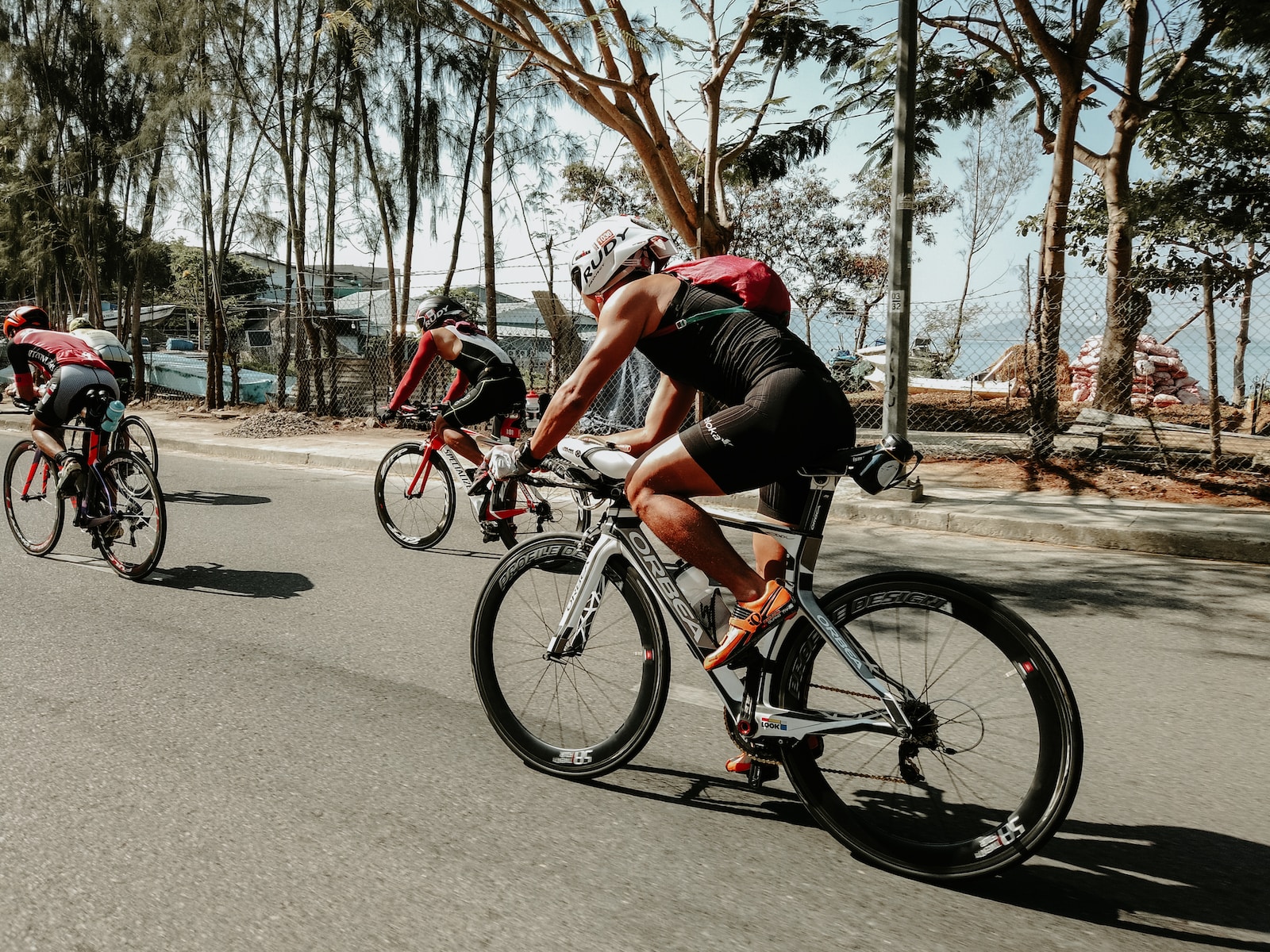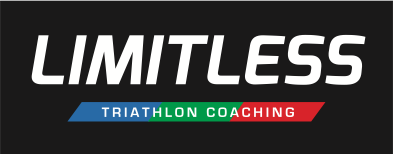Lower limb injuries are common injuries in Triathletes. Often the calf muscle is the common culprit, with many athletes getting several reoccurrences.
There can be several reasons why this occurs. This blog looks at the different demands of the calf muscles in the transition from cycling to running.
What are the muscles of the calf?
It is important before we start exploring the reasons “why” the calf is commonly injured. To do this we need to consider the muscles in the calf and the roles they play in normal function. Also,we explore the roles of them in running or cycling.
In the calf we have two major muscles, the gastrocnemius and the soleus.

As you can clearly see the soleus attaches below the knee with the gastrocnemius above.
This is a clever design to give each muscle an individual muscle role in movement but also can work together too as they insert into the achillies tendon.
Together they can create great force to push of the foot propelling he body forward when walking or running.
The role of the calves in cycling
When looking through the research there seems some indecisiveness about how much and how the calf muscles worked when cycling. 
Although a nice article in trainingpeaks.com highlights a good infographic of the length of time muscles are recruited or active during a pedal stroke.
This picture clearly shows that the calf muscles (gastrocnemius med (pink)/lat (yellow) & soleus (turquoise)) are working for over 50% of a pedal stroke.
Therefore, over a long-distance ride e.g. 112 miles for ironman triathlon, the calf muscles will have done a lot of work during that time.
The role of calves in running
During running the calf muscles must create enough force so the whole body is in the air (compared to walking where one foot is always on the floor). The key to becoming an efficient runner is also making sure you spend as little time as possible on the floor. This is because the longer the foot is on the floor the more chance of it working more like a brake than an accelerator.
Which means that the force needed must be large and fast.
Therefore, the calf muscle are designed cleverly into a single strong tendon to create the push off force (planta flexion) along with the other complexities of the foot mechanics (another blog!).
Why the calves become overloaded
Hopefully by now it is clear that in both cycling and running the calf muscles play an important role in movement, function and performance for any level athlete.
It is important to highlight that this is normal and what the muscles are designed to do.
The issues happen when the calf muscles are required to do other tasks on top of what they are designed to do. The body is fascinating as when one muscle become efficient (lazy or untrained) another can compensate for it and you will probably never know. Until it become overworked which often appears as tightness or injury.
It is only then most people seek professional or Dr Google advice.
Therefore, if triathlons and being a triathlete is important to you, that seek professional advice to make sure you are using your body efficiency. If you keep getting tight calves, ask yourself why?
You maybe very efficient but are overtraining. To build up correctly the amount of load the muscles and tendons takes time. If you attempt to load too quickly then the calf can become over loaded too.
Often, we see combinations of both.
The triathlete has some muscle inefficiencies else where plus the calf is not strong enough to cope with the over training load that they are demanding of the body.
The common story is “I pulled my calf, I gave it a week’s rest and started training again. I never ran for that week though. Just trained more on my bike. Because that doesn’t work the calves much!!!”
Getting your calves triathlon ready – Are they ready for the season? A Summary
To complete the training and compete as a triathlete at any level especially those doing Ironman you need both efficient and robust muscles. The calf muscles are often the muscles which become overloaded and prevent you from achieving your dreams.
Don’t let this happen to you.
If you have a history of tight or history of reoccurring injuries of your calves, seek a professional’s opinion why.
At Summit we use our TPM Active Screen you can check it out here..
References:
https://www.trainingpeaks.com/blog/the-primary-muscles-used-for-cycling-and-how-to-train-them/
https://www.livestrong.com/article/533626-does-a-bike-work-your-calves/http://www.running-physio.com/calf2/
https://www.trainingpeaks.com/blog/how-to-train-the-three-most-important-muscles-in-running/https://s3.amazonaws.com/academia.edu.documents/34354116/Stearne_etal_2014_-_Joint_kinetics_in_rearfoot_versus_forefoot_running-_implications_of_switching_technique_.pdf?
AWSAccessKeyId=AKIAIWOWYYGZ2Y53UL3A&Expires=1513270610&Signature=rYNy5%2BUdbh4loOvB6gacU0uUMTo%3D&response-content-disposition=inline%3B%20filename%3DJoint_Kinetics_in_Rearfoot_versus_Forefo.pdf
http://bjsm.bmj.com/content/bjsports/50/9/513.full.pdf
http://www.sciencedirect.com/science/article/pii/S0966636213007029
https://link.springer.com/article/10.1007/s40279-016-0474-4
http://jeb.biologists.org/content/jexbio/217/12/2037.full.pdf



